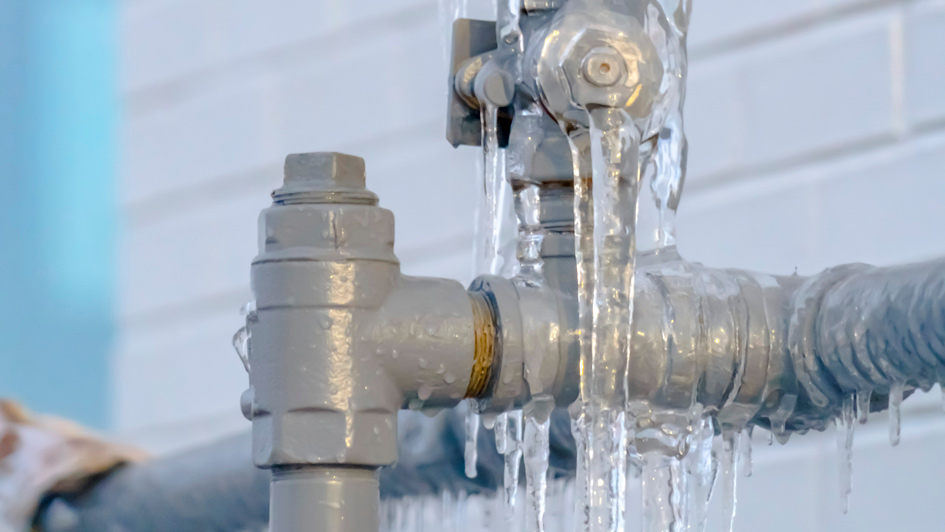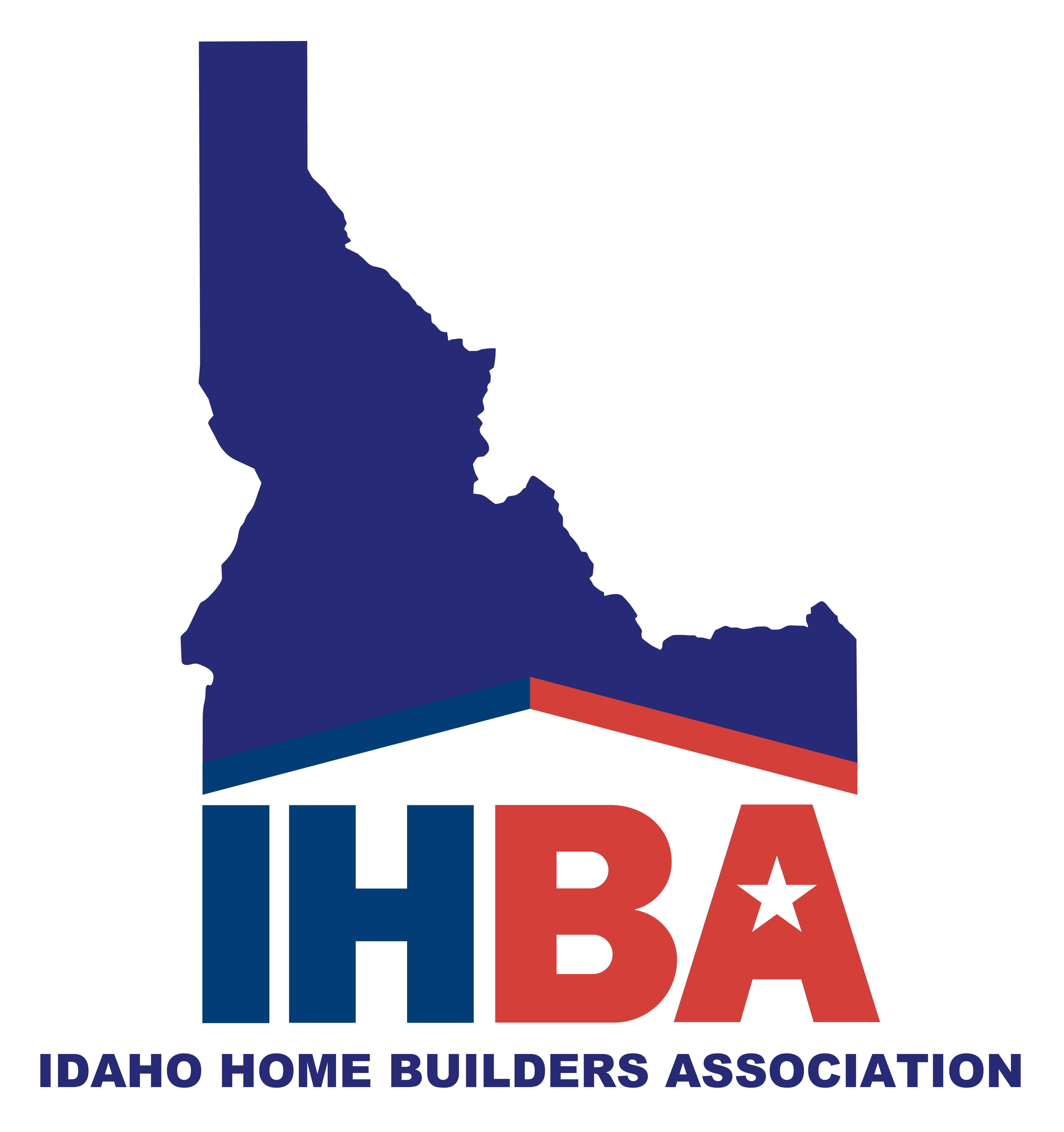
Lots of snow and winter weather presents a great opportunity for fun activities like sledding down the highest hill or snowball fights in the neighbor's yard. However, winter weather can be difficult on your home. Extremely cold conditions can encourage the water lines in your house's plumbing system to freeze and burst, which can lead to severe water damage and lasting negative effects.
When your pipes are frozen solid, you might need to hire a plumber in Sandpoint to handle the problem. Nevertheless, there’s multiple things you can attempt to prevent this from happening – and even a little prevention can go a long way.
What Pipes Are at More Risk of Freezing
The pipes at the largest risk of freezing are uninsulated water lines. Prevalent locations for uninsulated pipes are within attic crawlspaces, near exterior walls, in the basement or even running underneath a modular home. Water lines that are not appropriately insulated are at the greatest risk.
How to Keep Pipes from Freezing Over in Your Home
Sufficiently insulating exposed water lines is a good first step to keeping your pipes ice free. You’ll likely locate most of these materials from your local plumbing company, and could also already have some somewhere in your home.
Be careful not to wrap up other flammable insulation materials where they can be caught on fire. If you don’t feel safe insulating the pipes by yourself, contact your local plumbing services professional in Sandpoint to do the job.
If you do decide to insulate the pipes yourself, good insulation materials for pipes include:
- Wraps or roll insulation: Many plumbers, hardware stores and large retailers sell insulation – usually fiberglass, foam wraps or pipe sleeves – that you can use to wrap or fit around your pipes. They are supplied in various lengths and sizes to suit the needs of your home.
- Newspaper: In a pinch, newspaper can be used for insulation. If the weather is getting colder and you aren’t able to put in more insulation soon enough, consider covering uninsulated pipes in this.
- Towels or rags: If you miss the opportunity to install insulation and don’t have any newspaper to use, wrapping notably vulnerable pipes with towels or clean rags as a final effort can be just enough to keep the cold air away from the pipes.
Another preventative step you can attempt to prevent pipes from becoming frozen is to seal up any cracks that can allow cold air in your home. Focus on the window frames, which can draw in surprisingly intense drafts. Not only should this help to keep your pipes from freezing, but it will have the extra benefit of making your home more energy efficient.
Five More Ways to Keep Your Pipes from Freezing:
- Open the cabinet doors. Opening the cabinet doors beneath the sinks and other areas of your home with plumbing will permit more warm air from the rest of the room to get to the pipes.
- Letting water drip. Keeping a flow of water by letting your faucets trickle even a small amount can help prevent frozen pipes.
- Open interior doors. By opening doors in rooms or hallways, your home can be heated more evenly. This is mostly important if there's a room that is generally colder or hotter than the rest of the home.
- Close the garage door. The exception to the open doors advice is the garage door, which you should keep closed – namely if your water lines are installed under the garage.
- Keep the heat steady. Experts suggest setting the thermostat at a persistent temperature and leaving it alone, rather than letting it get colder at night. Set it no lower than 55 degrees.
How to Prevent Pipes from Freezing in a Vacant Home
When you’re inside a house, it’s easier to realize when something goes wrong. But what added steps can you try to stop pipes from freezing in a vacant home or vacation home when the damages from a frozen pipe can remain unnoticed for a while?
As with your primary residence, adding insulation to any exposed water lines, opening interior doors throughout the home and winterizing the vacant home are the first steps to try at first.
Added Steps to Stop Pipes from Freezing in an Unused Home:
- Leave the heat on. Even though you aren't currently using the home, it’s best to leave the heat on – even if you switch the thermostat down cooler than you would if you were there. As with a primary residence, experts recommend keeping the temperature at no cooler than 55 degrees.
- Shut water off and drain the lines. If you’re going to be gone for several weeks or are winterizing a rustic cabin or cottage, shutting the water off to the house and emptying the water out of the water lines is a good way to keep pipes from freezing and breaking. Remember to clear the water out of any appliances, such as the hot water heater, or the toilets. Confirm you empty all the water from the plumbing. If you are not sure of how to flush the water from the pipes, or don’t feel secure doing it yourself, a plumber in Sandpoint will be glad to assist.







